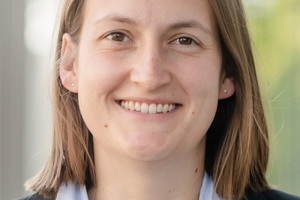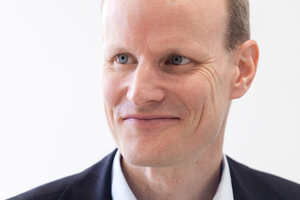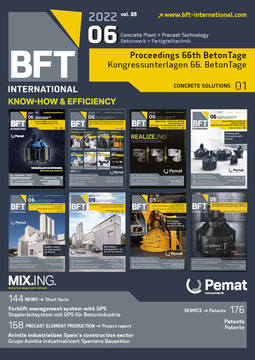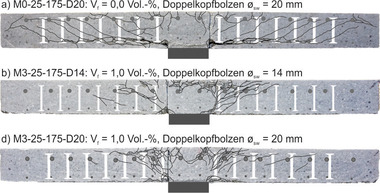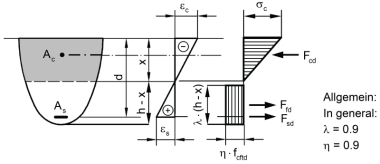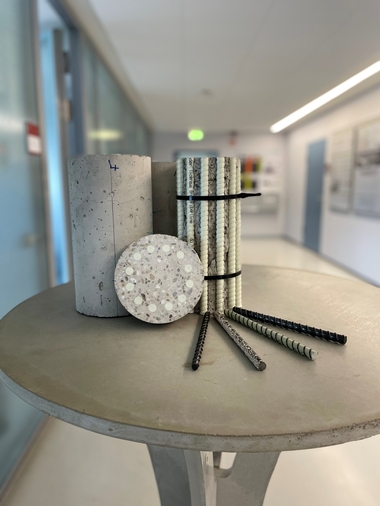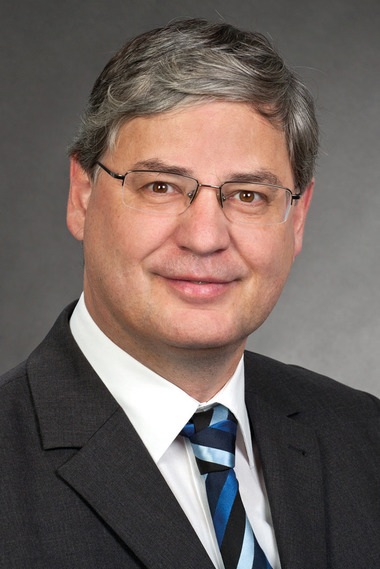New edition of the DAfStb guideline on steel fiber reinforced concrete – Latest regulations and developments
Steel fiber reinforced concretes have an enormous potential due to the elimination of labor-intensive and time-consuming reinforcement works. In addition to this, steel fiber reinforced concretes provide excellent mechanical properties, such as the tensile force of the steel-fiber reinforcement, the high ductility and the excellent cracking behavior.
For those reasons, the importance of steel fiber reinforced concretes has increased significantly in the construction industry since the 1970s. As a result, the codes of practice for specific fields of application published by the German Society for Concrete and Construction Technology (DBV) were drawn up initially and based on them, in 2001, the DBV code of practice “Steel fiber reinforced concrete” with general rules on design and construction. On the basis of growing experience and findings, the German Committee for Reinforced Concrete (DAfStb) worked out the DAfStb guideline “Steel fiber reinforced concrete”, which was ultimately introduced as national technical standard in Germany in 2010. The guideline supplemented DIN 1045 Part 1 to 3 and comprised the most important regulations for the production, design and construction of steel fiber reinforced concrete. In 2012, the guideline was formally adapted to Eurocode 2.
On the basis of latest research findings, the guideline of 2012 has now been revised and/or amended regarding two sections substantially. For one thing, this applies to regulations regarding torsional design – which were missing so far because of lacking experience – and, for another thing, the regulations on the limitation of the crack width with a reinforcement combination, which was adapted in respect of using the so-called L1 value. The revised guideline has been available as a white print since June 2021 and its introduction as national technical standard is expected in 2022. Latest developments, among others, deal with very high fiber volume fractions, punching shear and prestressed structural members. Moreover, a new Eurocode generation is being drawn up on a European level at present, which will also stipulate rules on design and construction of steel fiber reinforced concrete (Annex L).



